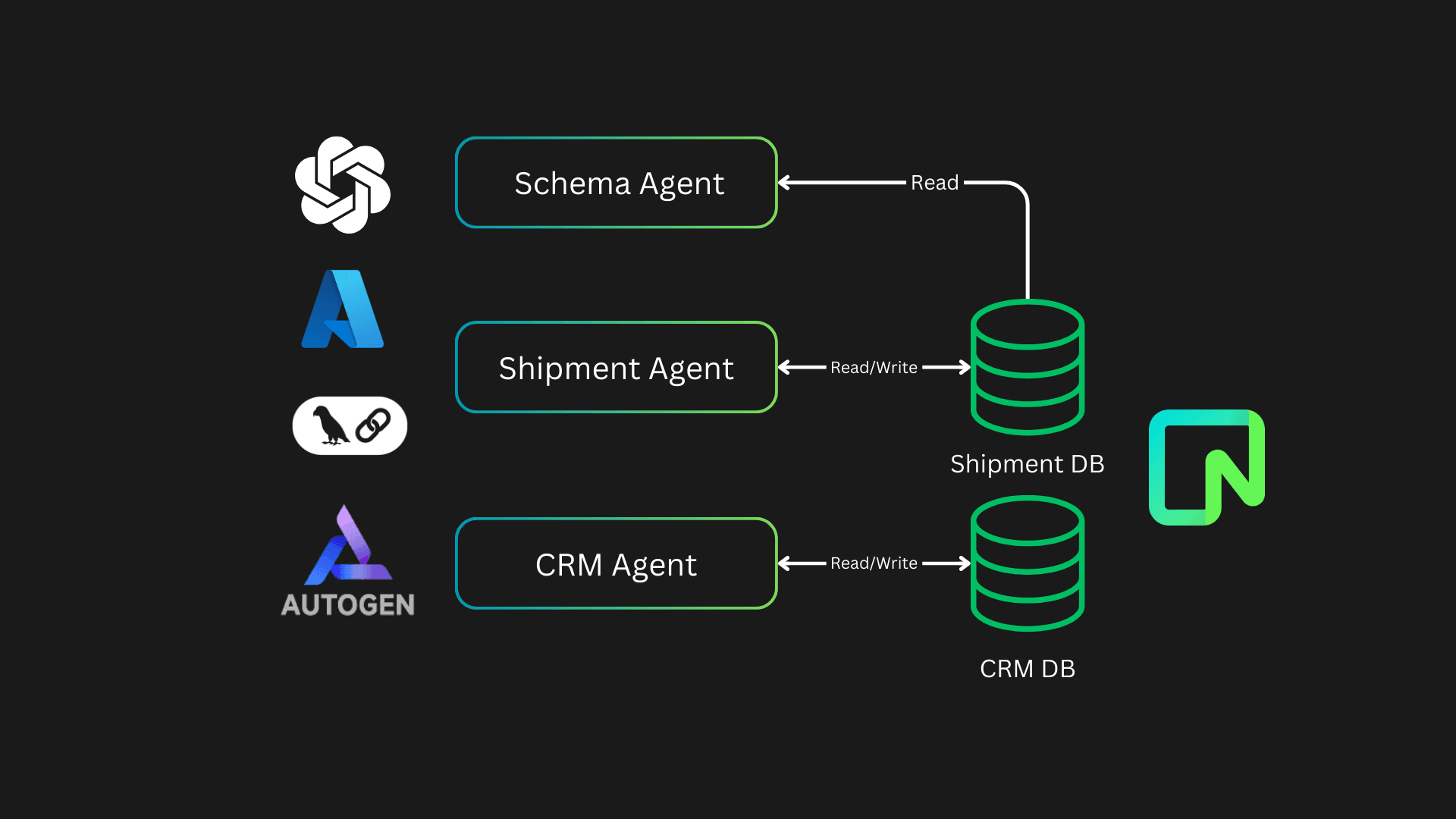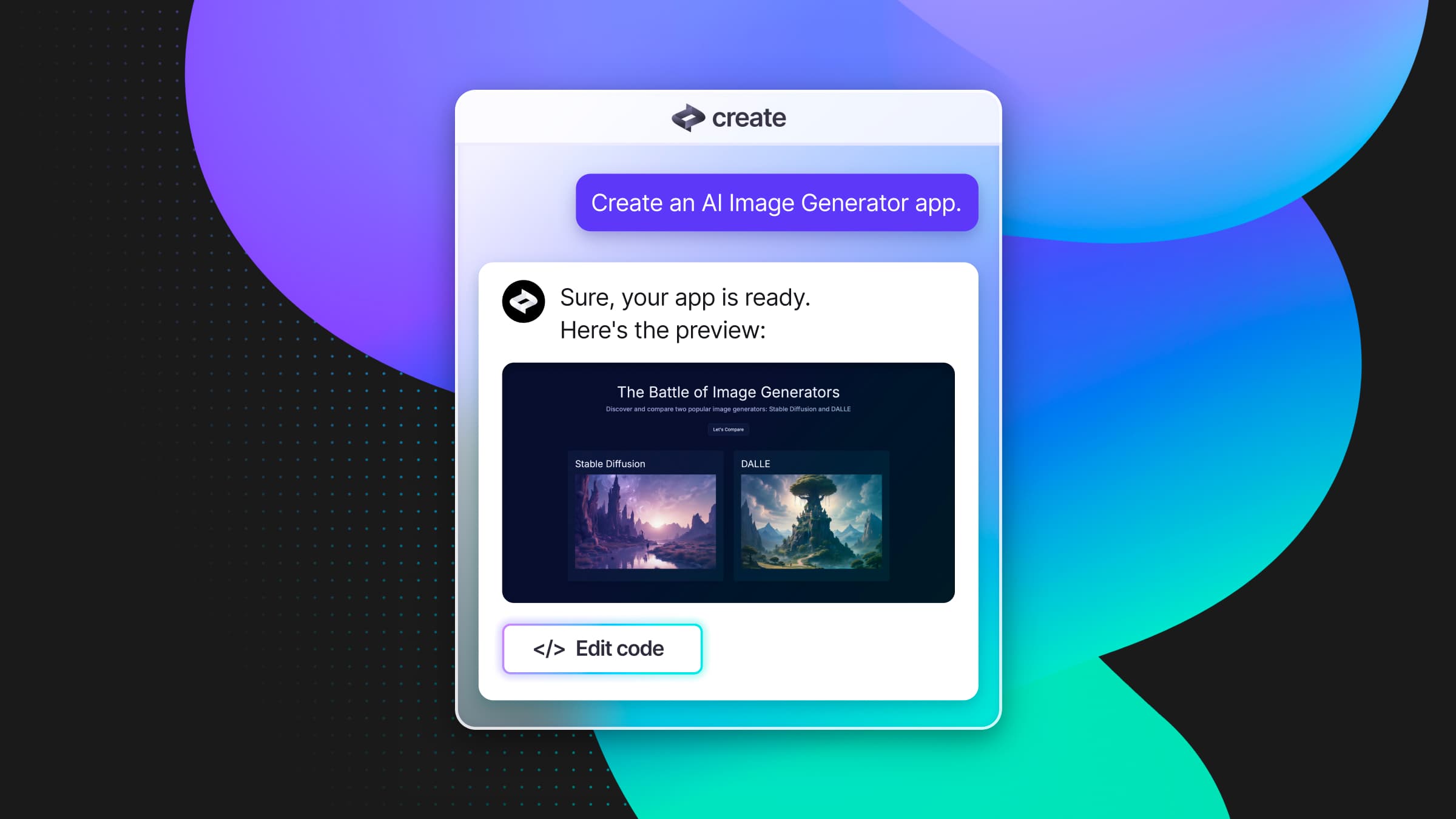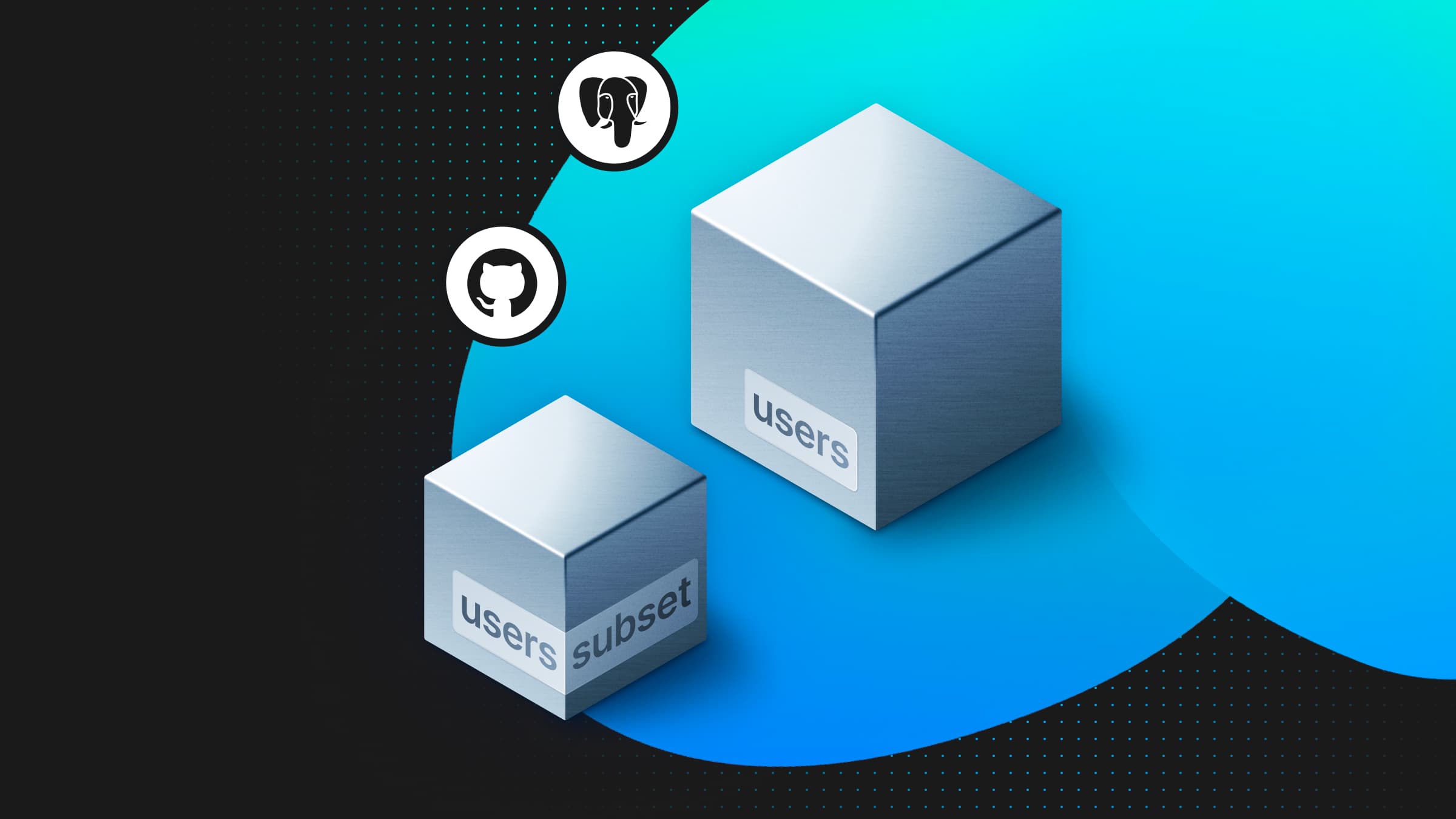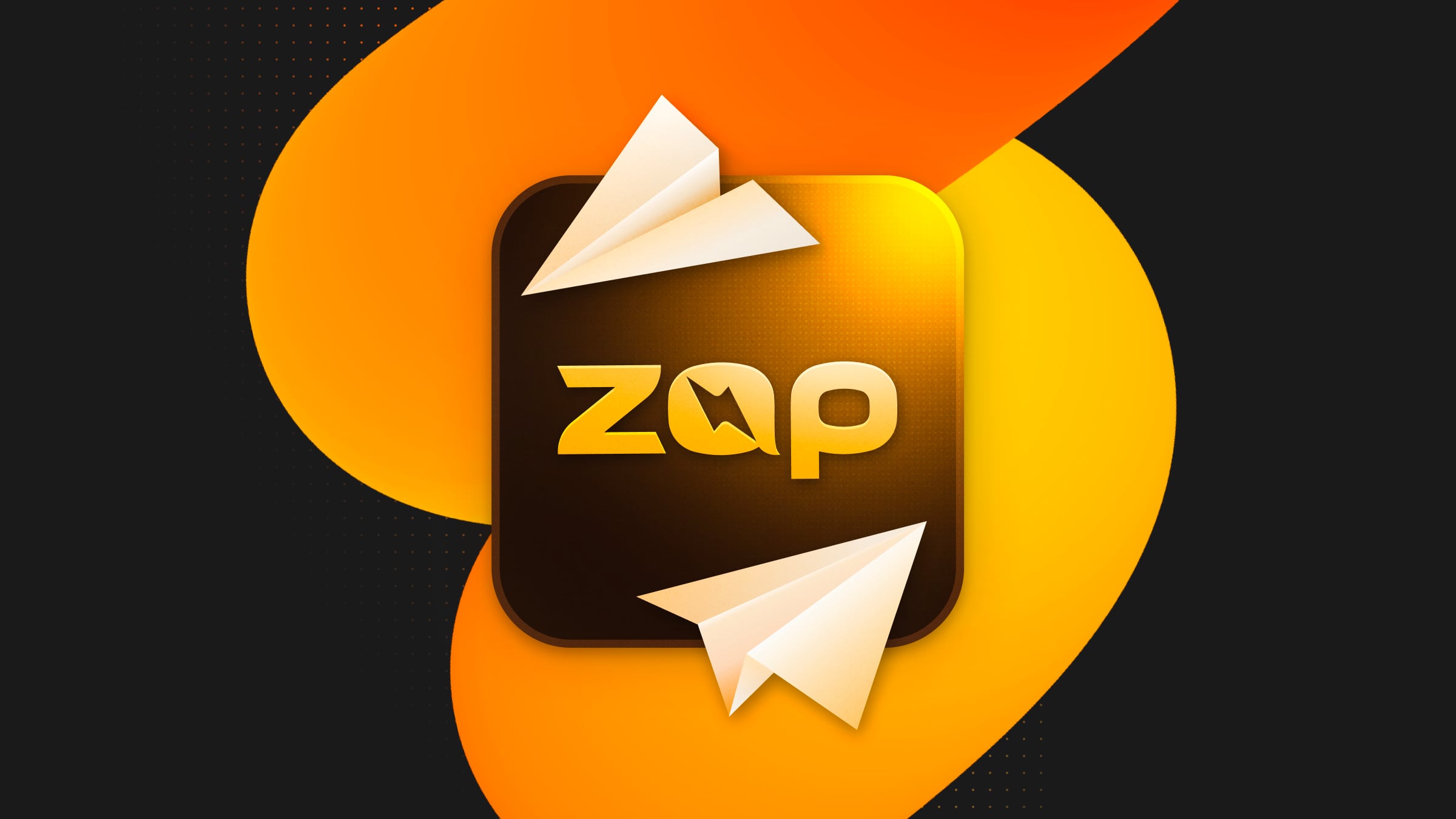
“Inngest + Neon handle the entire change data capture process for us. Setting it up took a fraction of the time compared to AWS” (Jacob Devore, Co-Founder at Zap)
Zap.xyz is a new crypto aggregation platform that processes millions of messages from community channels like Telegram (they’ll expand to X and other platforms soon). By tracking social sentiment and correlating it with on-chain trades, Zap tells you what’s trending in the crypto space and how that’s translating into market movement. They’re in beta, but you can get in early.
Pump vision / meme scope….. but with real time telegram caller updates 😳
— fomo 🐕🧲 (@fomomofosol) January 13, 2025
Probably one of the most unique entries to the trading bot space.
Testing it out rn: https://t.co/uXaBj199i3 pic.twitter.com/cNtZm10lx1
Building an event-driven data pipeline at scale
To deliver real-time insights to crypto traders, Zap has to reliably capture and act on a huge stream of incoming messages. These messages (from thousands of Telegram channels and soon Twitter feeds) need to be processed quickly so they can trigger follow-up workflows. This all has to be done with a small team hyper-focused on shipping.
“If you’re a startup working on a product like ours, every second counts. Developer experience and iteration speed are crucial. We just don’t have time to wrestle with clunky infrastructure” (Jacob Devore, Co-Founder at Zap)
The pain of CDC in AWS
At first, Zap attempted to build their CDC pipeline on AWS using a combination of Amazon Aurora Serverless, Amazon RDS Proxy, and AWS SNS. The architecture looked like this:
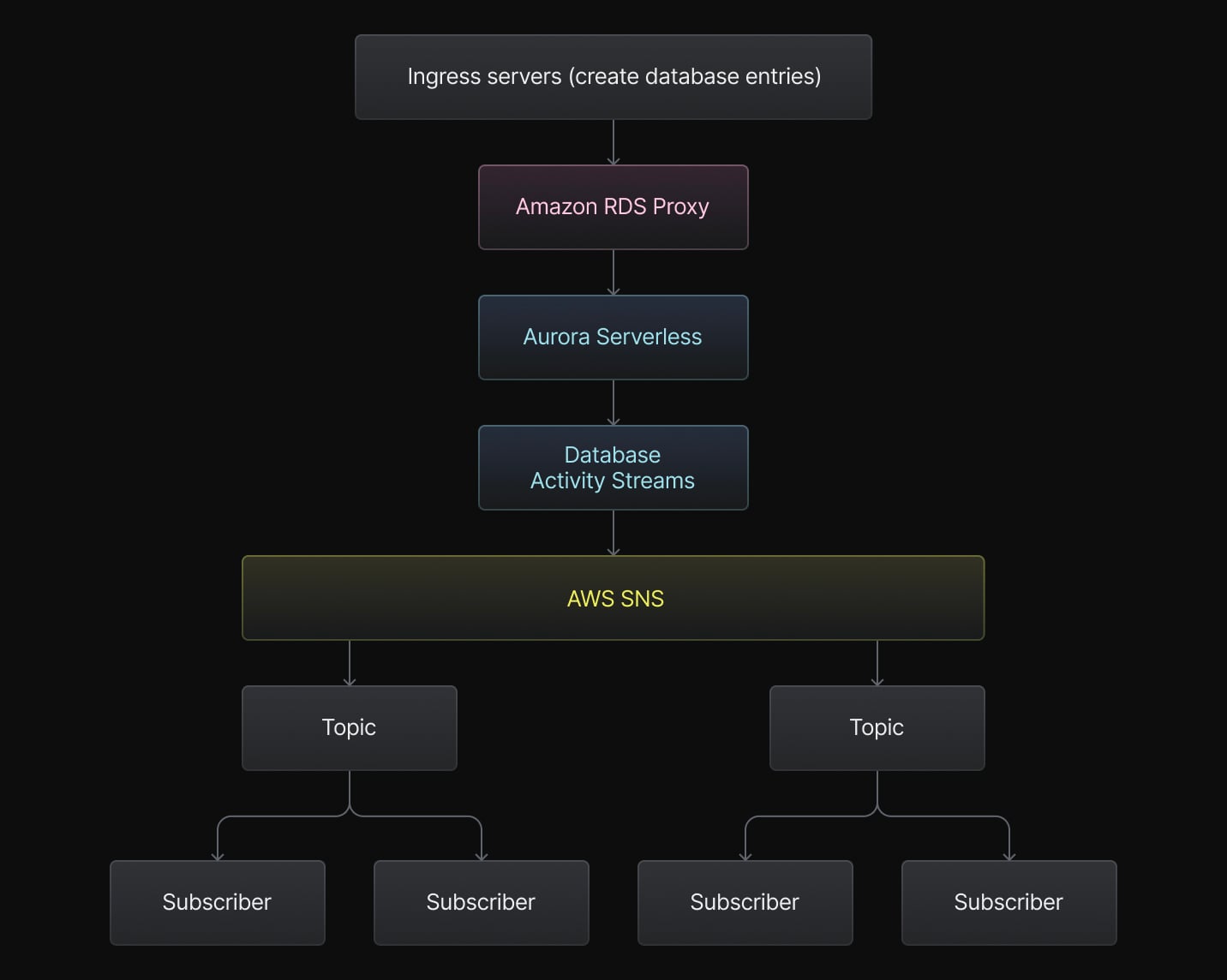
They soon discovered the first hiccup. It so happens that Aurora Serverless didn’t natively support database change streams, forcing them to try to implement this on provisioned Aurora with AWS’ Database Activity Streams and AWS SNS. Suddenly the team was contemplating managing SNS topics, subscriber endpoints, bridging events into application logic…
“We spent about 10 hours just trying to build a proof of concept in AWS, and this was for something as straightforward as “when a row is added to the database, run some code once.” It was a huge time sink.” (Jacob, Co-Founder at Zap)
Zap’s core philosophy is to build fast, iterate often, and focus on the product. All this unnecessary complexity was not cutting it. That’s when the team looked around and discovered the Neon and Inngest stack, which combined wonderfully with their Vercel infra.
Zap’s serverless CDC stack: Neon, Inngest, and Vercel
By adopting this new architecture, Zap eliminated unnecessary infrastructure management while ensuring their system could scale. Each tool solves a key piece of the puzzle:
- Neon is a serverless Postgres database that eliminates manual scaling and offers built-in connection pooling, key to Zap’s application.
- Inngest is an eventing framework that taps directly into Neon’s logical replication. Inngest provides an out-of-the-box CDC pipeline—every new record inserted in Neon automatically becomes an event that can trigger downstream workflows.
- Vercel gives Zap the ability to deploy serverless functions with minimal overhead, ideal for handling lower-volume events and for quickly iterating on new features. (High-volume events are handled on dedicated servers.)
Data ingestion into Neon
Each message (plus relevant metadata) is first inserted into a Neon Postgres database. Neon is serverless, so Zap doesn’t have to maintain a predefined cluster size. If traffic spikes, Neon scales. The goal is to continue ingesting data without pausing to reconfigure anything.
CDC via Inngest
As soon as a new row is written to Neon, Inngest automatically picks up the change by tapping into Neon’s logical replication feed. There’s no extra logic or self-managed CDC pipeline. Inngest takes care of streaming new and updated rows, then emitting the right event to Zap’s backend.
“With Inngest, we don’t need to stand up a stream service or maintain it. We just subscribe to database events and then define what needs to happen next. It’s basically zero overhead” (Jacob Devore, Co-Founder at Zap)
Routing to serverless functions
Once Inngest receives an event, it hands off the message to Zap’s chosen runtime. Which is either,
- Dedicated servers for high-volume events. If an event is large or triggers a process that needs more control (e.g. heavy data transformations), Inngest routes it to a dedicated HTTP endpoint where Zap runs a custom server.
- Or Vercel Functions for smaller workloads. For lightweight tasks, Inngest invokes serverless functions deployed on Vercel. These functions spin up on demand and scale down automatically.
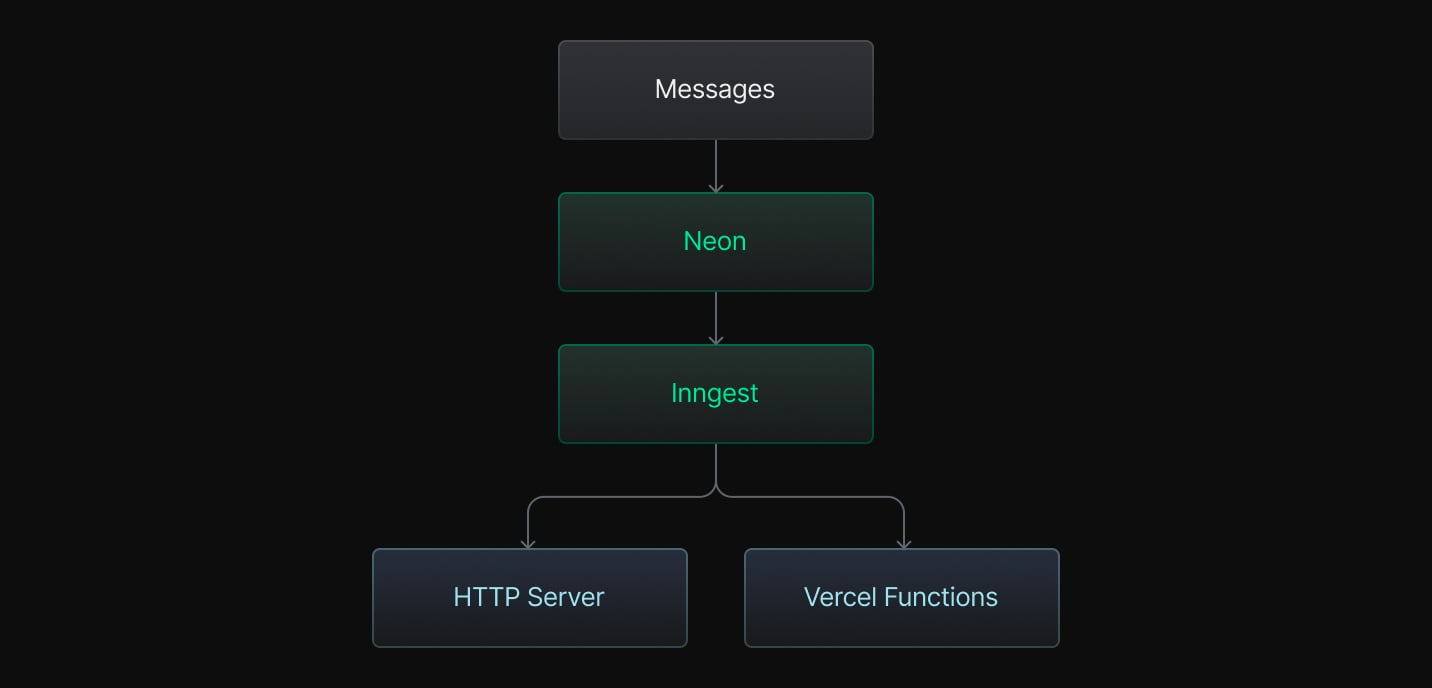
Next steps
With these building blocks, Zap can now focus on scaling without the pain of wrangling all the AWS tools. If you’d like to replicate their approach, try setting up Neon and Inngest.
And if you’re into crypto, keep an eye on Zap 👀 (they’re also hiring!)
